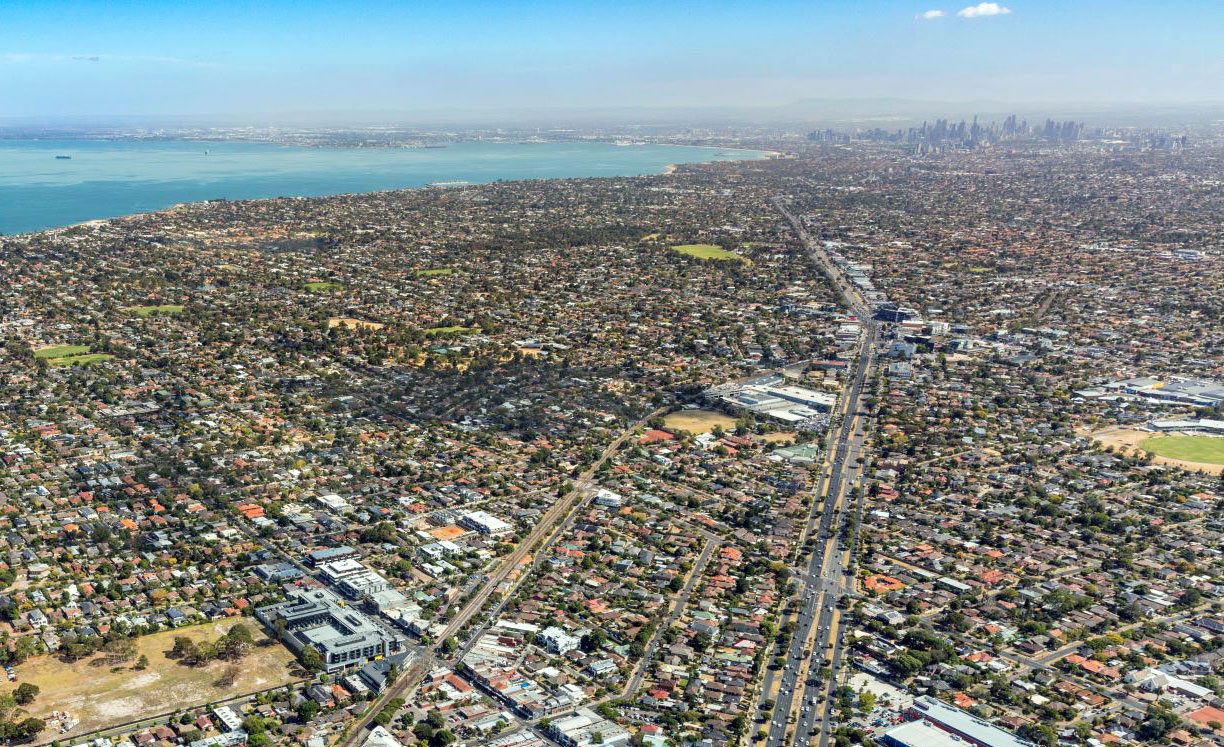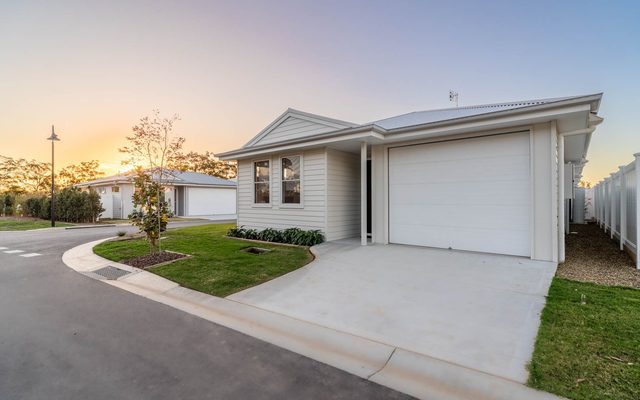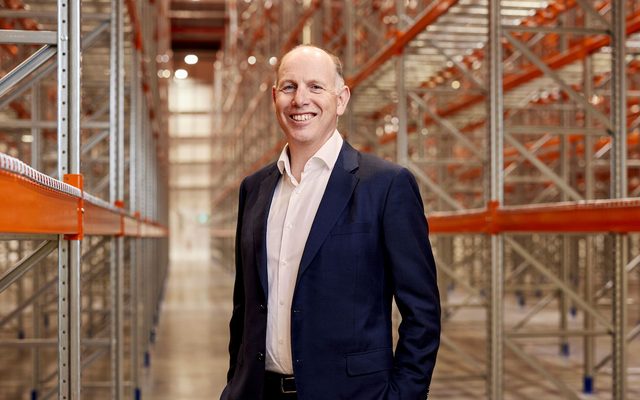This article is from the Australian Property Journal archive
AUSTRALIAN home price declines are picking up pace, dropping by 0.6% over June with Sydney and Melbourne leading the falls.
According to the latest data from Core Logic, Australian capital city average dwelling prices were down 0.8% in June, for the second consecutive month of declines, leading AMP Capital to forecast an average peak to trough fall of 15-20%.
While the national dwelling price, including regional dwellings (+0.1%) was down 0.6%, prices are still up 11.2% compared to the same month last year.
Sydney saw its fifth month of declines over June, falling 1.6% over the month, which while still up 1.6% on the year, represents a 3.2% decline since their February high.
Likewise Melbourne was down for the fourth consecutive month, dropping 1.1% for the month, while up 3.1% compared to 12 months ago.
On the other hand, Perth saw its seventh consecutive month of growth, up 0.4% over June and 4% for 2022 so far, still tracking well for REIWA’s forecast of 10% growth for the calendar year.
“Perth’s median house sale price is still the most affordable median of any capital city in the country. While increases to the cash rate will have some impact on affordability, West Australians are very well positioned to manage these costs,” said Damian Collins, president of REIWA.
Brisbane and Adelaide were still in positive territory, through gains are now significantly stunted, with June seeing a 0.1% and 1.3% increase respectively.
While Brisbane saw a 25.6% increase on the same month last year and Adelaide recorded a 25.7% boost over the same period.
“Average residential property prices surged nearly 30% between their pandemic low in September 2020 to their high in April on the back of record low mortgage rates, government incentives, recovery from the lockdowns, a lack of supply and coronavirus driving a switch in consumer spending from services to “goods” including housing,” said Shane Oliver, head of investment strategy and chief economist at AMP Capital.
“However, the boom is now over and property prices are falling with the pace of decline accelerating.”
Oliver attributed this new state of affairs to low affordability, increasing mortgage rates and now variable rates, increased dwelling on the market across Sydney, Melbourne, Hobart and Canberra and the increase cost of living leaving saving for a deposit further out of reach.
With this all contributing to and on top of a blow to consumer and buyer confidence in the market.
“But the main driver of the slowdown so far is the surge in mortgage rates – being able to borrow at a fixed rate of 2% or less was a key driver of the boom in prices with fixed rate lending accounting for 40-50% of new lending about a year ago,” said Oliver.
Many economists also anticipating another 50 basis point increase to the cash rate at the upcoming July RBA meeting and at the following meeting in August, before hikes begin to temper as rates approach the bank’s estimated neutral of around 2.5%.
According to Oliver, while Sydney and Melbourne are leading the accelerating downtrend for prices, other cities are following behind with an approximate six month lag.
AMP have updated their top to bottom fall from 10%-15% to 15%-20%, while also revising their cash rate peak to around 2.5% from 2%.
“The property downturn is occurring earlier relative to the timing of RBA rate hikes this cycle because of the bigger role ultra-low fixed rate mortgage lending played this time around in driving the boom,” said Oliver.
“Now the surge in fixed rates over the last year has pulled the rug out from under the property boom substantially reducing new buyers’ capacity to pay well ahead of the RBA’s cash rate hike.”
AMP is forecasting Melbourne and Sydney to see a reversal of their price booms since the lows of 2020, resulting in an increase in negative equity for those with recent low deposit purchases.
“So far, the national property downswing looks like just another cyclical downswing, albeit it’s a bit steeper,” concluded Oliver.




